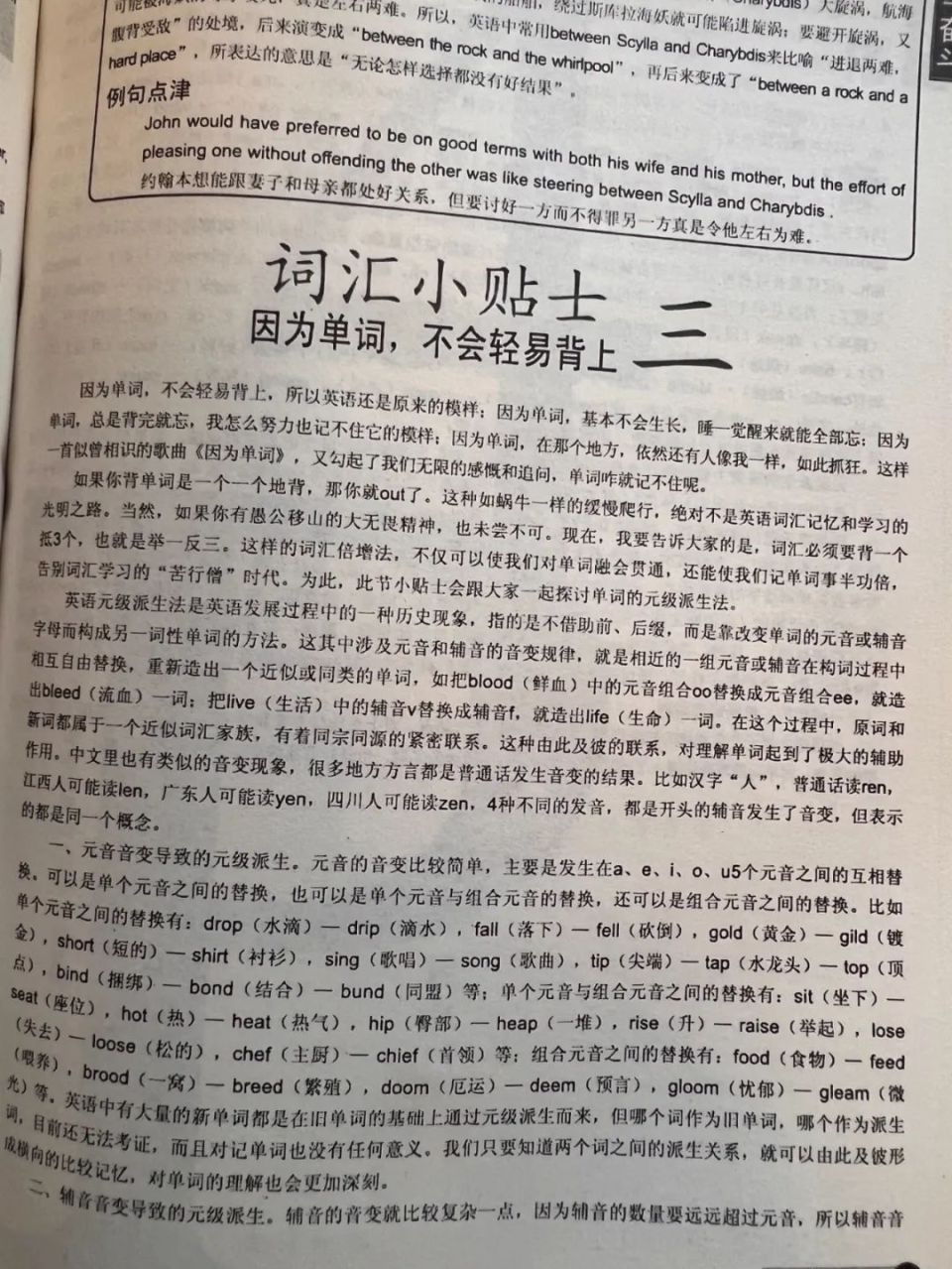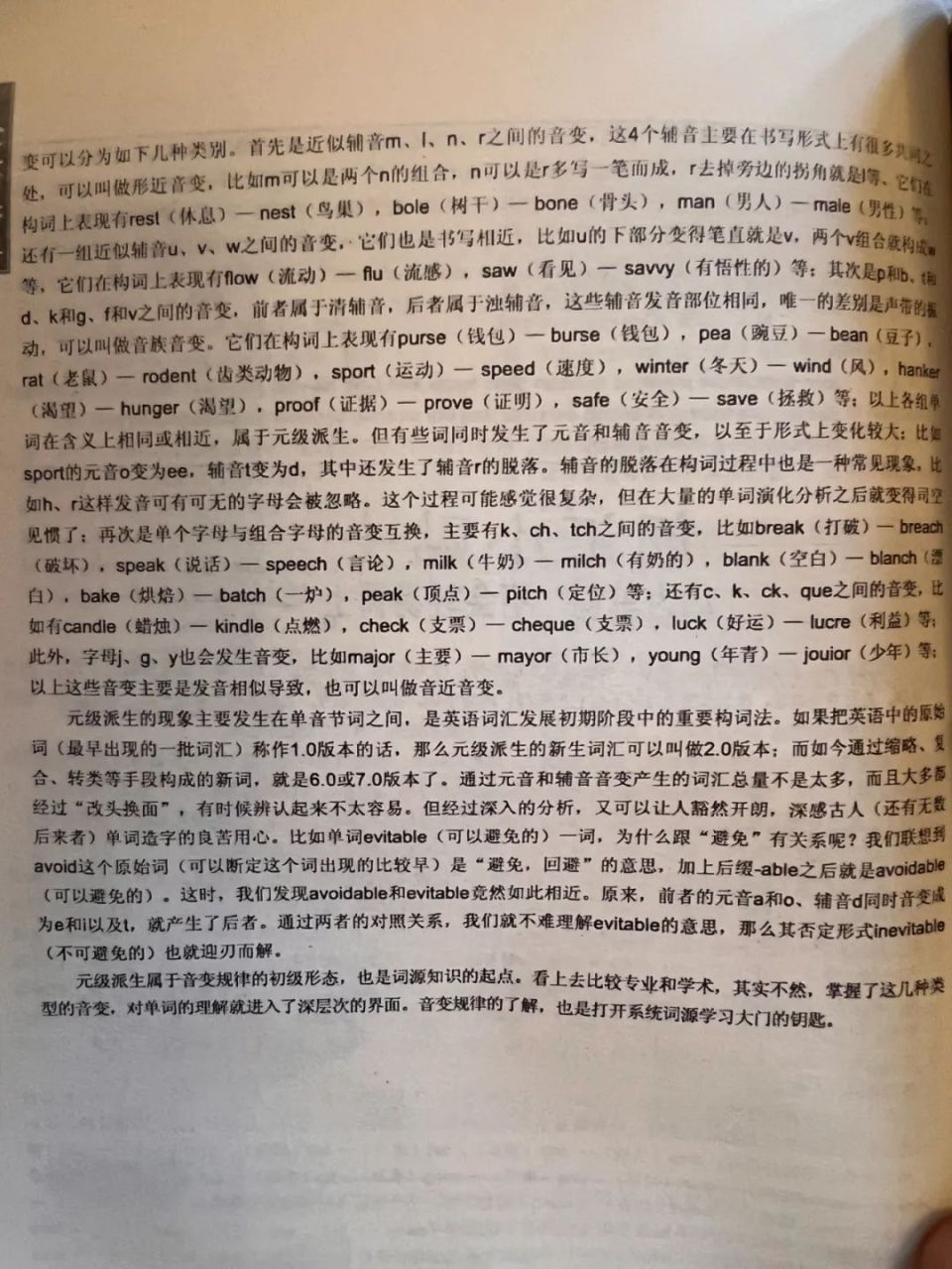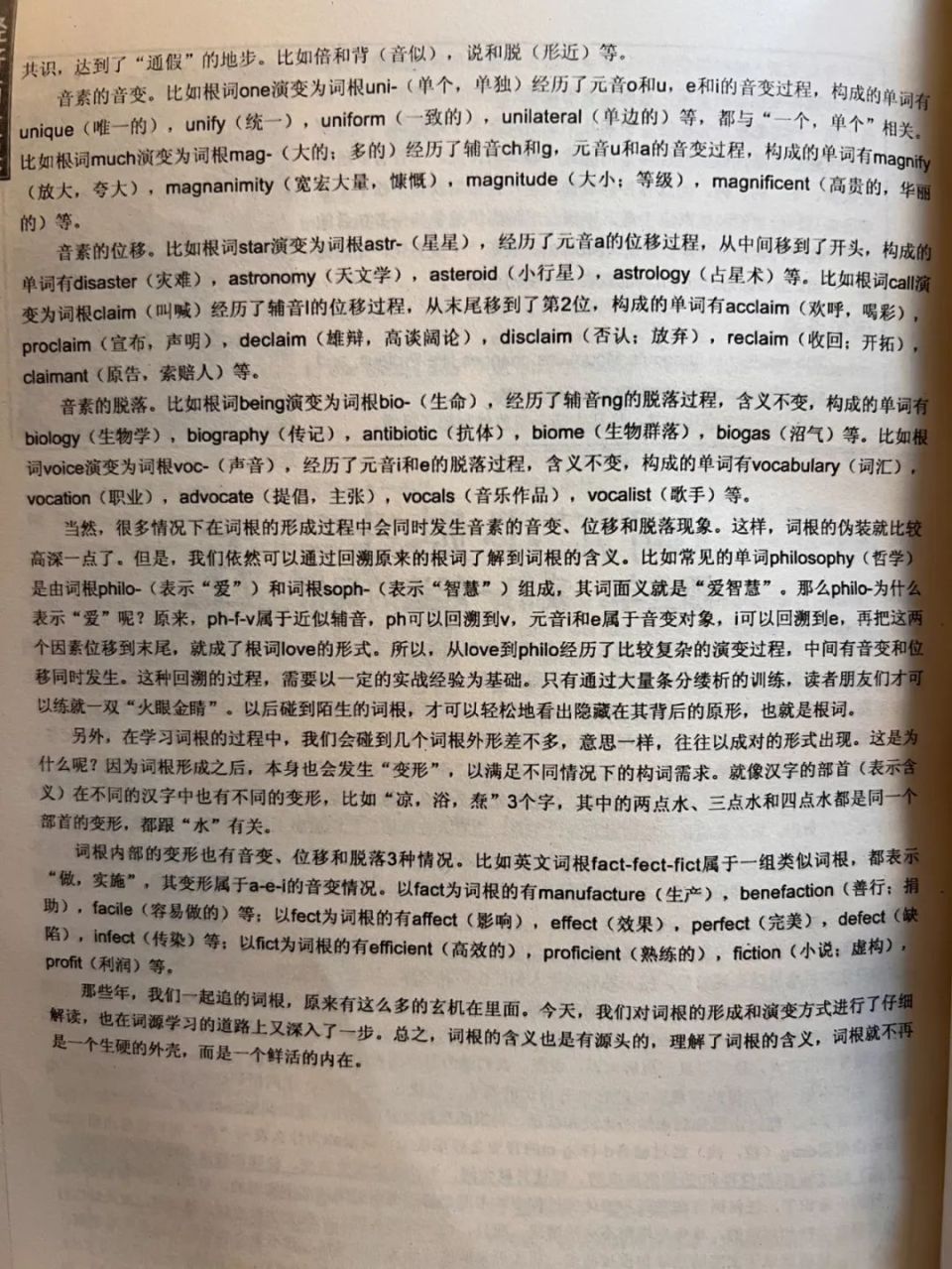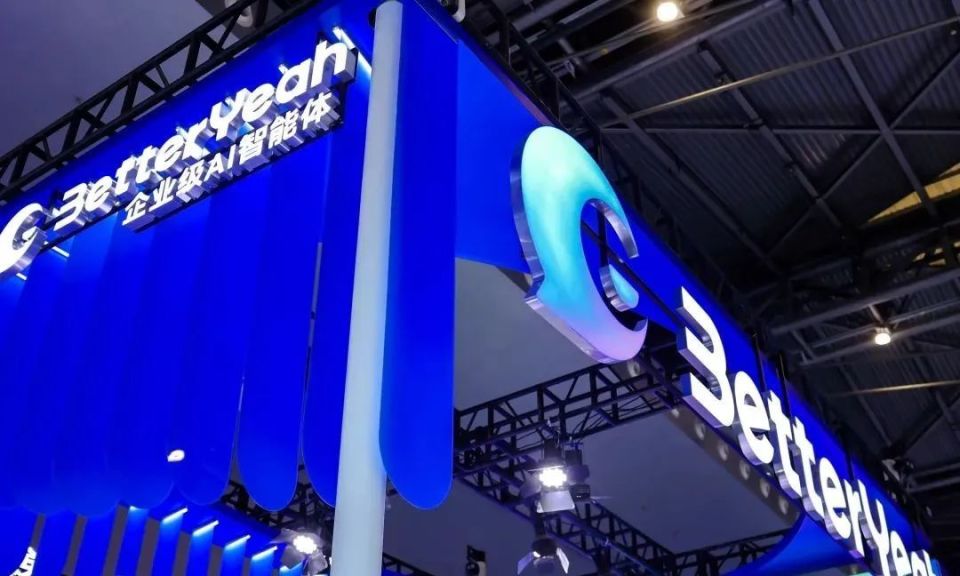你好呀,我是良哥。
提醒一下,我的阅读群现在可以加入了
演讲不是信息堆砌,不是罗列故事,而是一场与听众共创的心灵旅程。本TED教你用一条15字“主线”贯穿始终:先锁定你真正在乎、又能点燃好奇的问题;再精选故事、数据与细节,让每个论点都血肉丰满;敢于删减,才能让冲击加倍。从开普敦街头到南极冰原,TED实例示范如何把混沌化为秩序。让你的独特经历,成为人类历史上只此一次的馈赠。
You are the only you that's existed in all of human history. Your experiences are yours and yours alone. Some of those experiences have taught you things that are absolutely worth sharing with an audience. And that's what we're here to learn how to do.
你是整个人类历史上独一无二的存在。你的经历只属于你,且仅属于你。其中有些经历教会了你一些绝对值得与他人分享的东西。而我们要学的,正是如何去分享。
Once you've found an idea that you're excited to share with an audience, you're ready to start putting a talk together. The purpose of a talk is to say something meaningful. But many talks never quite do that. The number one reason this happens is that a speaker does not have a proper plan for the talk as a whole. They may have planned what to say point by point or sentence by sentence, but did not plan how everything in the talk would link up to deliver a meaningful message.
一旦你找到迫不及待想与听众分享的想法,你就准备好开始构思演讲了。演讲的意义在于传达有价值的内容,但很多演讲最终却未能做到这一点。首要原因就是演讲者对整场演讲缺乏整体规划。他们可能逐点、逐句地准备了要说的内容,却没有设计好各个部分如何衔接,从而无法传递出真正有意义的核心思想。
There’s a helpful word that people use to analyze plays, movies, and novels. It applies to talks, too. The word is throughline. The throughline of a talk is the main idea that ties together everything the speaker presents. Every talk should have a throughline. That doesn't mean a talk must only cover one topic, or only tell a single story, or proceed in only one direction. It just means that everything in the talk should connect to support the main idea.
戏剧、电影和小说分析中有一个很有用的词,同样适用于演讲,这个词叫「主线」。演讲的主线,就是把演讲者所呈现的所有内容串联起来的核心思想。每一场演讲都应当有一条主线。主线并不意味着演讲只能讲一个主题、只能讲一个故事,或只能沿一条直线展开;而是说,演讲中的所有内容都必须围绕并支撑这一核心思想。
Here’s the start of a talk without a throughline: “I want to share with you some experiences I had during my recent trip to Cape Town, and then make a few observations about life on the road.” Now here’s the start of a talk where the throughline is made clear from the start: “On my recent trip to Cape Town, I learned something new about strangers, when you can trust them, and when you definitely can’t. Let me share with you two very different experiences I had.” The version without a throughline might work for your family, but the version with a throughline is more exciting for a general audience.
这是一段没有主线的开场白:“我想跟大家分享一下我最近在开普敦旅行的一些经历,然后再谈谈我对旅途生活的几点观察。” 而下面这段则在开头就把主线亮了出来:“在最近去开普敦的旅途中,我对‘陌生人’有了全新的认识-什么时候可以信任他们,什么时候绝对不行。让我来分享两件截然不同的经历。” 没有主线的版本也许适合讲给家人听,但有主线的版本对一般听众来说会更加吸引人。
Here are the throughlines of some popular TED Talks: “More choice actually makes us less happy.” “Vulnerability is something to be treasured, not hidden from.” “Let’s bring on a quiet revolution—a world redesigned for introverts.” “A history of the universe in 18 minutes shows a journey from chaos to order.” “Terrible city flags can reveal surprising design secrets.” “A ski trek to the South Pole threatened my life and changed my sense of purpose.”
以下是几场热门 TED 演讲的主线: “选择越多,反而让我们越不快乐。” “脆弱值得珍惜,而不是掩藏。”“让我们掀起一场无声的革命-为内向者设计的世界。” “用 18 分钟讲完宇宙史,展现从混沌到秩序的旅程。”“糟糕的城市旗帜背后,隐藏着出人意料的设计秘诀。” “一次南极滑雪之旅几乎夺走我的生命,也重塑了我的人生意义。”
Remember lesson one when we compared a talk to a journey that a speaker and an audience go on together? If a talk is a journey, then the throughline is the path that journey takes. Following the path of a throughline makes sure there are no impossible leaps. By the end of the talk, the speaker and the audience have arrived together at a satisfying destination.
还记得第一课我们把一场演讲比作演讲者与听众共同踏上的旅程吗?如果演讲是一段旅程,那么“主线”就是这段旅程所走的路径。沿着主线的路径前行,就能确保不会出现无法跨越的跳跃。到演讲结束时,演讲者和听众将一同抵达一个令人满意的终点。
So, how do you figure out your throughline? Pick an idea that can be properly explored in the time you have to give your talk. Then make sure everything you include in your talk links back to this main idea.
那么,如何确定你的主线呢?先挑一个能在规定时间内充分展开的核心观点,然后确保你所说的每一段落内容都与这个核心紧密相连。
Creating a great talk that fits into a limited period of time can be hard work. But there’s a right way and a wrong way to go about it. The wrong way is to include all the points you think you need, but cover them as briefly as possible—maybe skipping out on details or examples. You can create a short script this way with every topic you want to cover included in summary form. You may even think there’s a throughline connecting it all together. But throughlines that connect a great many things don’t often work. If you rush through many different topics without exploring them deeply, your points won’t land with any force. It’s a simple equation: overstuffed equals under-explained.
在有限时间内打造一场精彩的演讲绝非易事,方法却有正误之分。错误的做法是:把所有自认为必须提及的要点统统塞进去,却只用最简略的方式带过-细节和例子统统省掉。这样确实能写出一份“面面俱到”的简短提纲,甚至自以为有一条主线把内容串在一起。然而,试图把太多东西绑在同一条线上往往行不通。若匆匆忙忙掠过众多话题却不深入展开,你的观点就难以产生冲击力。道理很简单:内容塞得太满,就等于什么都没讲透。
To say something meaningful in a talk, you have to take the time to do at least two things. First, you have to show why what you have to say matters. What is the question you're trying to answer? What's the problem you're trying to solve? What's the experience you're trying to share? Second, you have to flesh out each point you make with real examples, stories, and facts. This is how an idea that’s important to you can be built in someone else’s mind.
要在一场演讲中真正“说出点东西”,你必须至少花功夫完成两件事。首先,你要让观众明白:为什么你说的话至关重要,你准备回答的问题是什么?你试图解决的难题是什么?你想分享的经历又是什么?其次,你必须用鲜活的例子、生动的故事和确凿的事实,把每一个论点都填充得血肉丰满。只有这样,一个在你心中重要的想法,才能在他人脑海里生根发芽。
To give a really good talk, you may have to cut back on how many topics you want to cover and instead focus on a single connected thread—a throughline—that you have time to present thoroughly and completely. This is the right way to make a great talk fit into a limited amount of time. You may make fewer points than you would without a throughline, but the points you do make will have more of an impact. Less can be more.
要做一场真正出色的演讲,你必须减少对主题数量的贪求,转而聚焦一条单一的、连贯的“主线”-一条你能在有限时间内充分展开、完整呈现的主线。这才是让精彩演讲在时限内落地的正确做法。虽然你最终提出的论点可能少了,但每一个论点都会更加掷地有声。少,往往就是多。
Choosing a throughline will help you determine which topics to include in your talk and which to leave out. It will help you filter out anything that doesn't connect to your main idea. If you’re having trouble focusing your throughline, a good exercise is to try to say it in no more than 15 words. What is the precise idea you want to build inside your listeners? What do you want them to take away from your talk?
选定一条主线,能帮你决定哪些内容该保留、哪些该舍弃;它能帮你筛掉一切与核心思想无关的东西。如果你一时难以聚焦主线,可以做一个小练习:用不超过15个字把它说出来。你想在听众心里构建的究竟是哪一个确切的想法?你又希望他们带走什么?
Here are some questions to ask yourself as you’re working out your throughline: Is this a topic that means something to me? Does it inspire curiosity? Does it offer the audience a new way of looking at something? Is my talk a gift? Does it ask a question? Is the information fresh or unexpected in some way? Can I truly explain the topic in the time I have, complete with necessary examples? Do I know enough about the topic, or do I need to do some research? Does this topic connect to my experience? What are the 15 words that capture my talk? Would those 15 words make someone interested to hear my talk?
在打磨主线时,你可以问自己这些问题: 这个话题对我真正重要吗?它能激发好奇心吗?它能为听众提供看待某事的新视角吗?我的演讲是一份礼物吗?它提出了值得思考的问题吗?这些信息是否新颖、出人意料?在限定时间内,我能否用必要例子把话题讲透?我对该主题是否足够了解,还是需要进一步研究?这个话题与我的个人经历有关联吗?用哪15个字就能概括我的演讲?这15个字能让别人产生想听的欲望吗?
A speaking coach named Abigail Tenembaum recommends testing your throughline out on someone. Saying everything you'd like to include in your talk out loud will help you notice which bits are clear, which bits could use more explanation, and which bits should be cut in order for your central message to land more powerfully.
演讲教练阿比盖尔·特内鲍姆建议,把你的主线说给别人听。把你想在演讲中囊括的所有内容大声讲出来,你会立刻发现哪些部分已经清晰,哪些需要再解释,又该删掉哪些,好让你的核心信息更有力地击中听众。
Once you have your throughline, you’re ready to plan what you’ll attach to it. Whether your time limit is two minutes, 18 minutes, or an hour, remember: only cover as much as you have time to really explore in depth.
一旦确定了主线,你就可以开始规划要附着在它上面的内容。不论时限是 2 分钟、18 分钟还是 1 小时,请记住:只讲那些你有时间深入探究的部分。
By: The School of Life
如果如果你的单词量一直涨不上去,怎么背单词都没有用,但又希望突破到七八千甚至一万,送你一本单词书。拥有这本书就如同孙悟空拥有了一双火眼金睛,从此看到任何单词,你都能穿透单词的表象抵达本质,你都能够连词成串,举一反三,实现词汇量的指数级增长,并且根深蒂固在你的记忆里。







